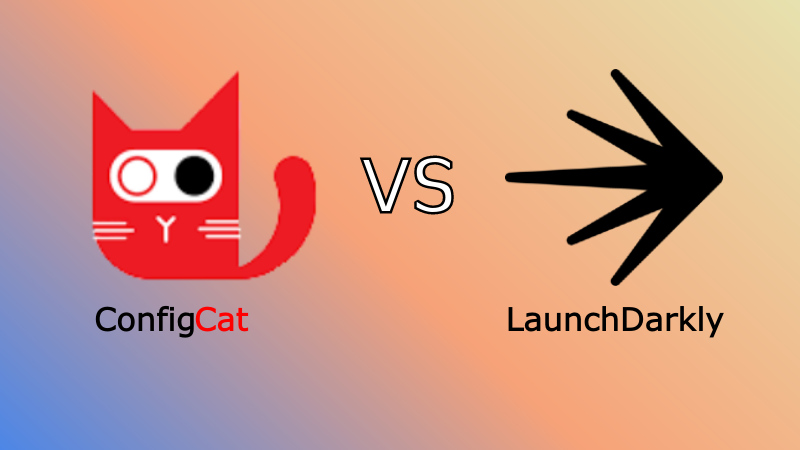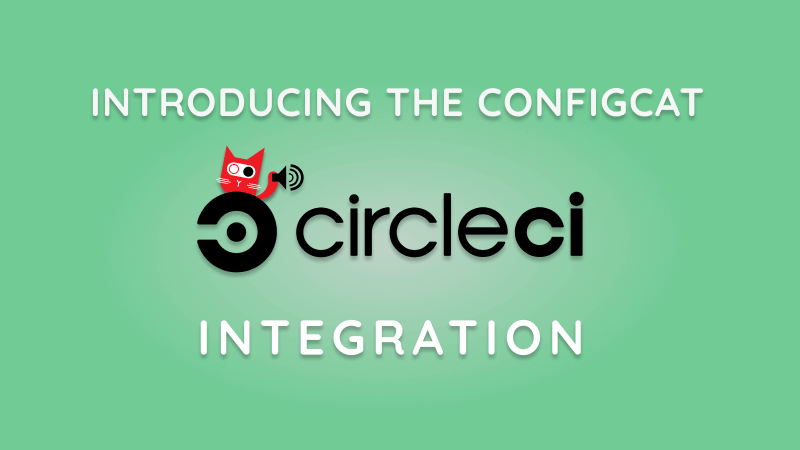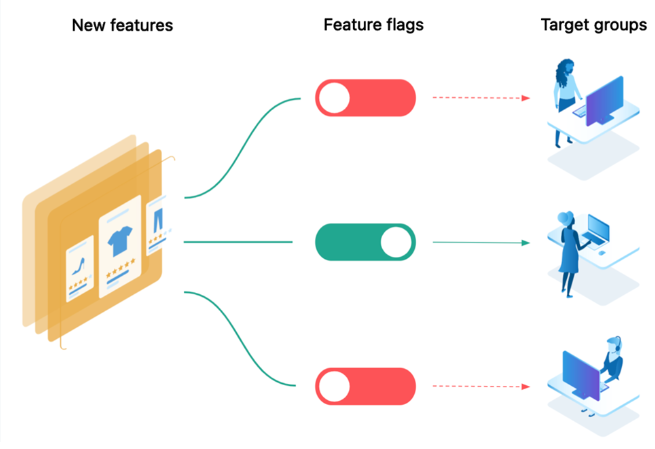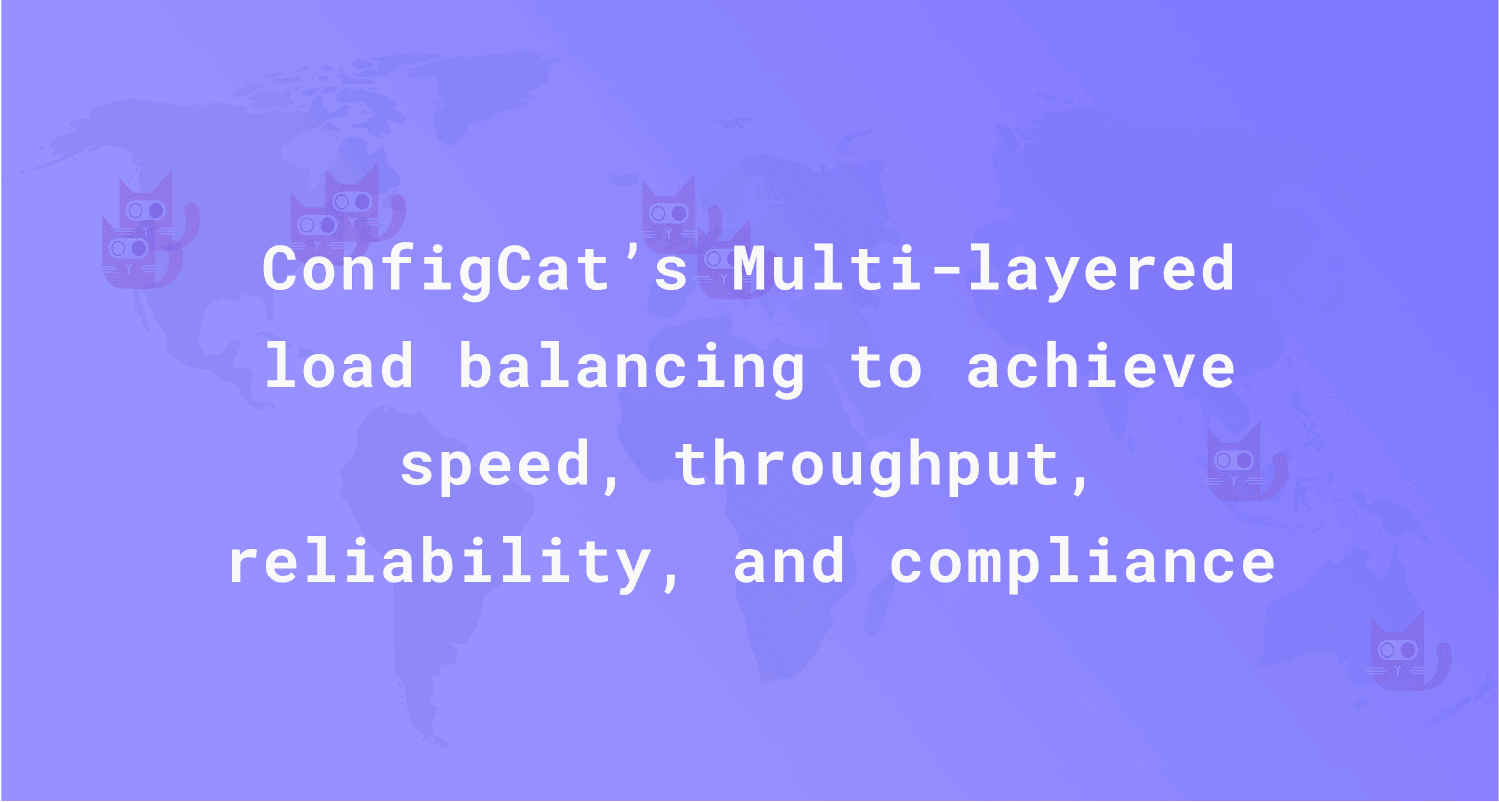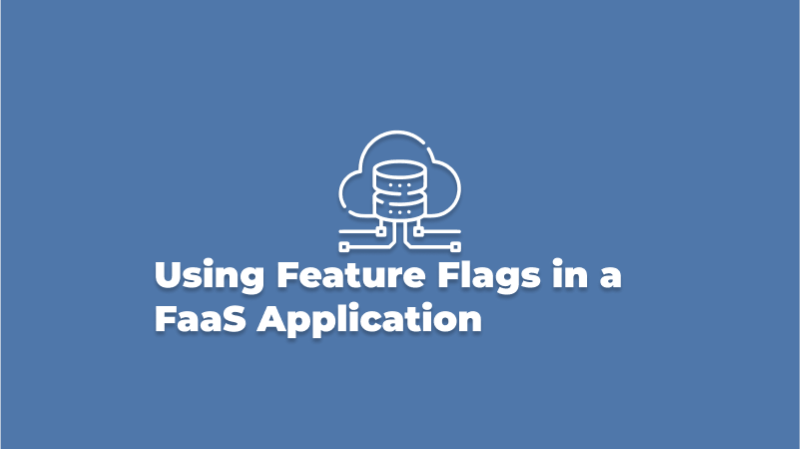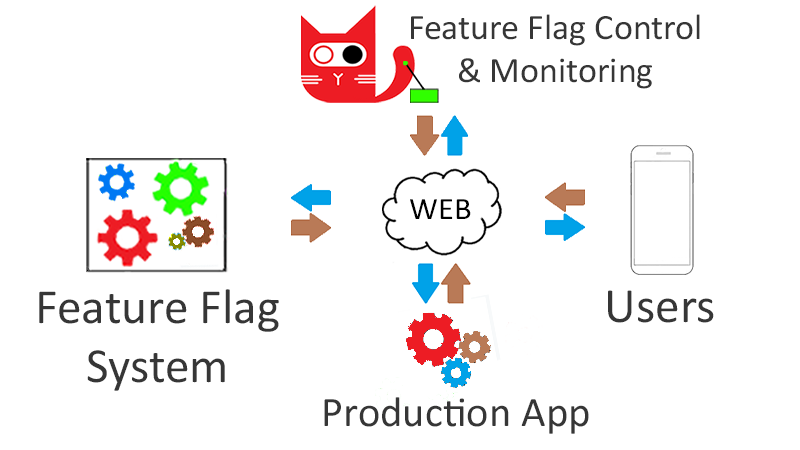Implementing a feature using ConfigCat and LaunchDarkly
Feature flagging services have become a crucial part of software development. They simplify the release of new software features by removing the complexity of the feature flagging system and allowing developers to concentrate on their software. In this article, we'll examine the ways of adding a new feature to a React application and compare the use of feature flags by integrating two well-known feature flagging services, ConfigCat and LaunchDarkly, into the application.
